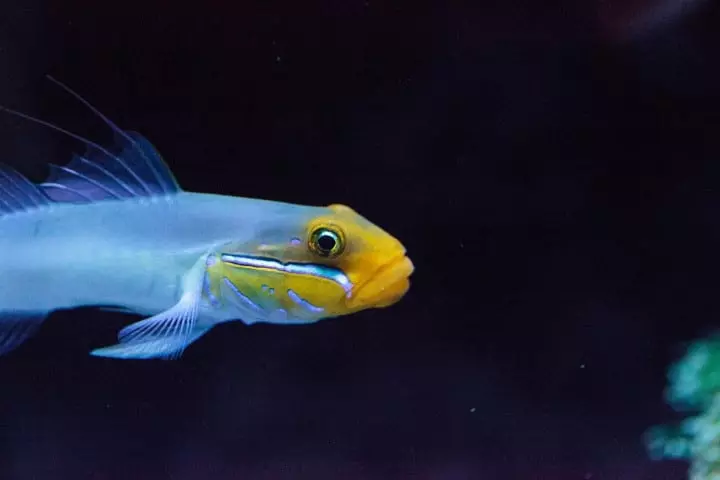Examples of WHAT?!… you might say. Well, give me a few moments to explain it so you’ll understand what it is. Then with a few examples, I think you’ll see why I’m fascinated, especially from a creationist point of view.
Symbiosis literally means “living together”, but more specifically, it refers to the living together of unlike organisms (or creatures) over a lifetime. In other words, it’s a description of two completely different types of creatures that 1) both need each other in order to survive, or 2) that benefit each other greatly, or 3) one is completely reliant on the other for survival (like a parasite).
These are the three basic types of symbiosis, and from there it descends into a world of Latin and “deep descriptions” only understandable and appreciated by scientists (too “wonderful” for my little brain to understand).
*One of the most obvious symbiotic relationships that can be seen by almost anyone anywhere is the relationship of a honey bee and a flower. The bees must be able to obtain their food and other resources from flowers, or they will die. It’s the same for the plant. Flowers must be pollinated, and if they aren’t, the plant will die. Furthermore, both the flowers and the bees have “body parts” specifically designed for interaction with each other.
*One interesting example of mutual symbiosis is the relationship between a species of clownfish that live s among the tentacles of a type of sea anemone. This fish is quite territorial and protects the anemone from anemone – eating creatures. And the return benefit for the fish is that the stinging tentacles of the anemone protect it from its predators. But, the clownfish is further protected because there is a special kind of mucus on its body that safeguards it from the stinging tentacles of the anemone!
*Here’s another example – the goby fish. This fish sometimes lives together with a shrimp in a hole. The shrimp digs the little burrow in the sand and keeps it clean. The goby fish and the shrimp both live in the hole. The shrimp is virtually blind and basically has no defense against predators when it comes out of the hole. When danger approaches, the goby fish will touch the shrimp with its tail, thereby warning it. Then both the goby fish and the shrimp quickly withdraw into the burrow.
*The Nile crocodile and the Egyptian plover have a unique relationship, too. The plover is reported to peck the food from between crocodiles’ teeth. In this way, he becomes a dental hygienist, of sorts, for the crocodile!
* The yucca plant needs to be pollinated, but it can’t do it itself. The yucca moth is perfectly designed to do this, but it has to do it right! The female has only a few days, but she pollinates the plant while she’s flying around laying eggs in various yucca flowers. When the moth larvae hatch, they feed on the seeds of the yucca plant, but if too many larvae hatch inside one flower, all the seeds would get eaten, so the plant drops that particular flower, which kills the larvae. So, the moth has to be sure that too many eggs don’t get deposited in the same flower. She can make sure that she doesn’t, but what if another female moth has already been to that particular flower? No problem. She uses her antennae to catch the scent of other females. If she “smells” other females, she’ll reduce the number of eggs she lays, or move on. When she decides to lay eggs in a particular flower, she rubs her abdomen around on that flower to leave her own scent as a signal to other females that she’s already been there! And, by the way, adult moths emerge from their cocoons at exactly the same time when the yucca plants are in flower!
So…. random chance over millions of years? Or design? (fairy tales, or common sense?!)






